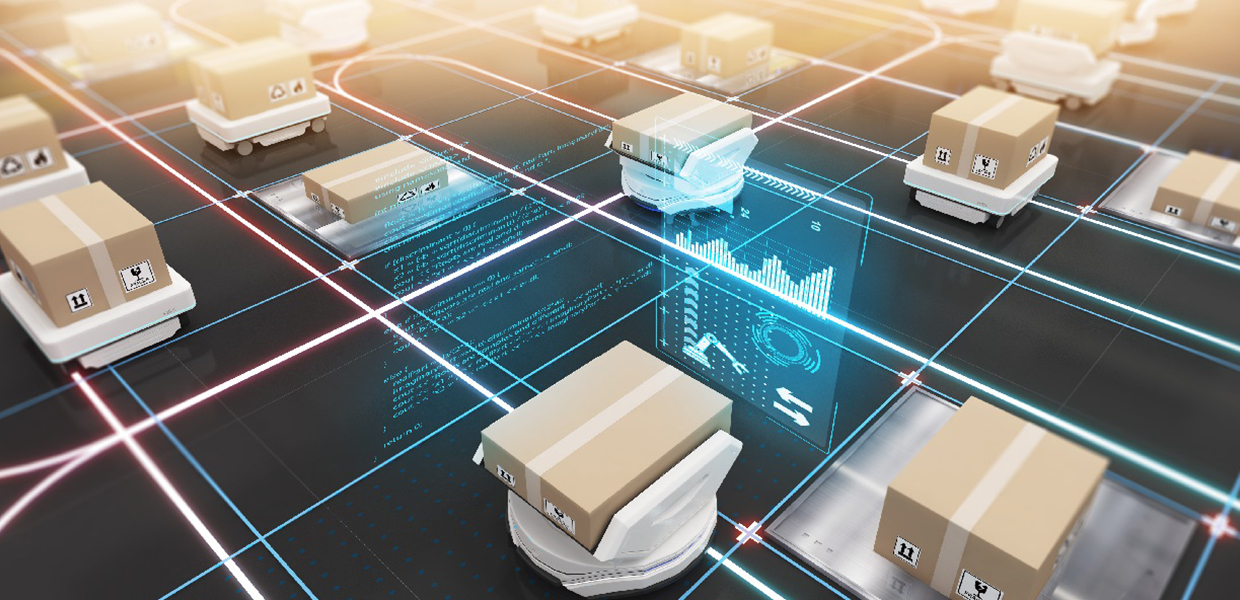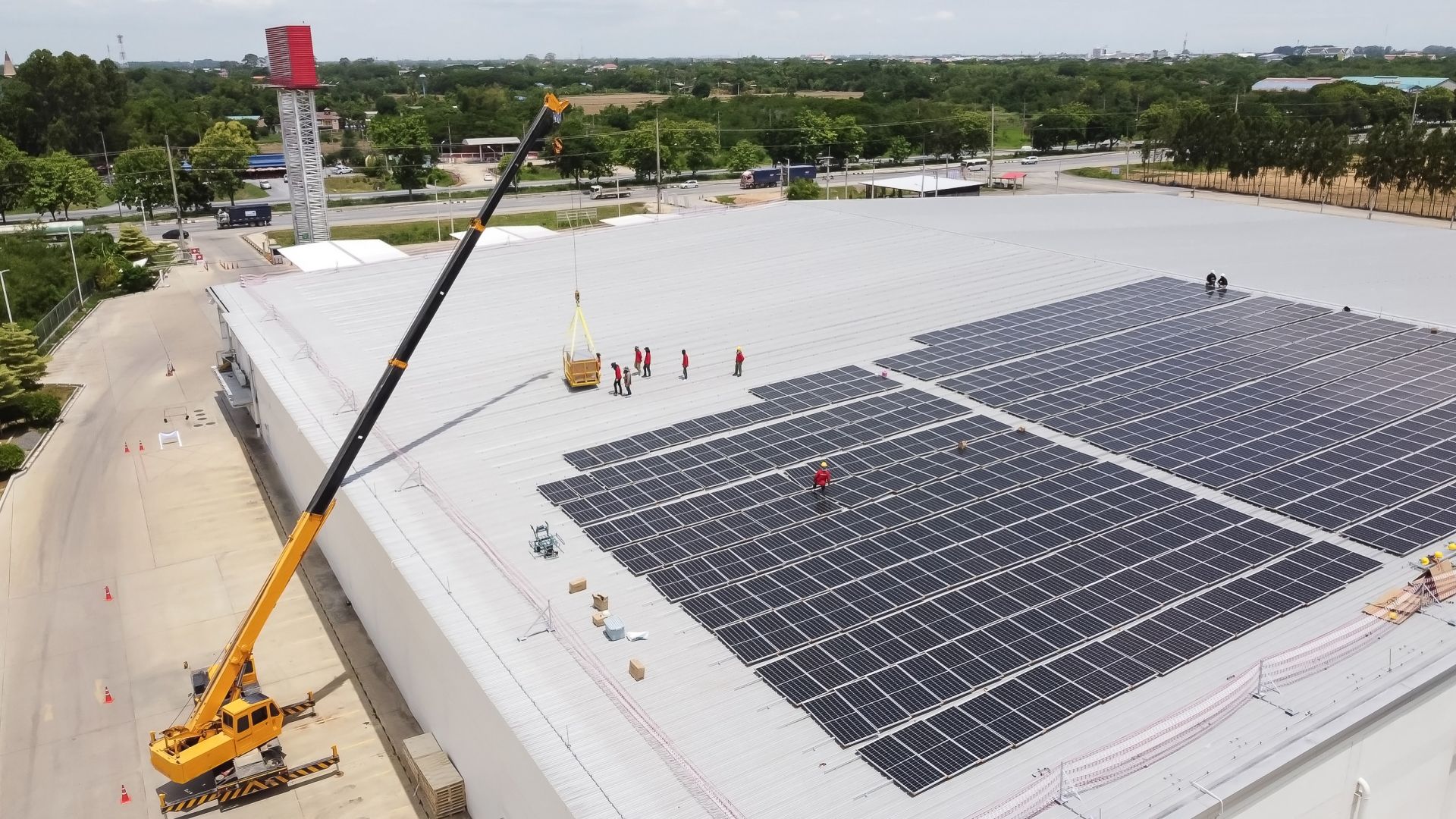Supply chain and logistics operations are the backbone of any business that delivers products or services to customers. They are also the key drivers of value creation, customer satisfaction, and competitive advantage. However, the traditional linear supply chain model is no longer sufficient to meet the demands of the modern market.
Customers expect faster, cheaper, and more personalised delivery options. Suppliers expect more transparency, flexibility, and collaboration. Regulators expect more compliance and accountability. And all of the above expect a more sustainable approach.
To cope with these challenges, businesses need to transform their supply chain from linear to cyclic processes. This means shifting from a one-way flow of materials and information to a circular flow that maximises resource efficiency, minimises waste, and enhances customer value. This also means adopting new technologies, business models, and mindsets that enable innovation, resilience, and sustainability.
But how can you achieve this transformation, what are the benefits and opportunities that come with it and how can DLL help you realize your supply chain and logistics transformation?
Navigating roadblocks in supply chain transformation
Transformation is not an easy task and there are many challenges to overcome. One of the primary challenges encountered is the inherent complexity within a business's supply chain. This complexity manifests through interrelated processes, functions, stakeholders, and systems, necessitating a high level of coordination, integration, and visibility across the entire network.
Moreover, the presence of uncertainty further compounds these challenges. Factors such as demand fluctuations, supply disruptions, market changes, technological advancements, and regulatory shifts constantly pose risks to the integrity of the supply chain. Effectively navigating these uncertainties demands a high level of agility, adaptability, and resilience in responding to and mitigating potential disruptions.
Another critical hurdle is the substantial investment required. Initiating transformation within logistics and supply chain operations entails investments in new equipment, technology, infrastructure, skills, and capabilities. Finding suitable financing solutions for these investments becomes crucial, demanding a high level of expertise, flexibility, and partnership to ensure the necessary resources are acquired effectively.
Confronting these challenges necessitates a strategic approach that encompasses not only addressing complexity, uncertainty, and investment needs, but also integrating adaptive, resilient, and collaborative strategies to foster successful transformation.
The process requires a blend of proactive planning, innovative problem-solving, and the ability to adapt to ever-evolving market conditions. That’s why it is imperative that businesses wishing to transform engage with partners who are experts in their respective fields, like DLL, for all their financing needs. These partners can help businesses to overcome roadblocks and achieve a more efficient and effective supply chain capable of meeting the demands of a dynamic business landscape.
Innovative solutions to modern supply chain dynamics
To overcome their challenges, businesses wishing to benefit from transformation need to adopt new solutions in intralogistics and transportation.
Intralogistics refers to the internal movement of materials within a warehouse or distribution centre. Optimizing these processes can significantly improve efficiency, accuracy, safety, and productivity. Automation and digitalization support optimization. Automation reduces labour costs, errors, accidents, and downtime while digitization increases visibility, traceability, intelligence, collaboration, and decision-making.
eMobility involves using electric vehicles (EVs) for transportation. Embracing these solutions can significantly reduce fuel costs, emissions, noise pollution, and maintenance expenses. By replacing fossil fuel-powered vehicles with EVs, logistics operations will benefit from lower carbon footprints, complying with regulations, and improving operational efficiency. Electrification solutions include electric cars, vans, trucks, buses, bikes, and scooters.
Additionally, installing and maintaining equipment and facilities that enable the charging of EVs is imperative to ensure the availability, reliability, and convenience of eMobility solutions.
Both intralogistics and eMobility solutions are expected to have a positive impact on the reduction of environmental and social impacts in supply chain and logistics activities. Enhancing these aspects creates value for customers, stakeholders, and society as a whole.


-(1).jpg?h=600&iar=0&w=1240&hash=FC3FF7ECB4AF291ED3EE45A33723DE31)